Impressions of Iran, Part 2 (Yazd and Nain)#
by H. MaurerIntroduction#
This can be see as continuation of the trip described in Impressions of Iran, Part 1 or as independent report on the unusual desert cities Yazd and Nain.Yazd Yazd is located at an altitude of 1200 m in a shallow valley. It is provincial capital of the region Yazd, with 1,1 million inhabitants and an area more than three times of Austria with a population density of 8 indeed sparsely populated: Yazd alone has about half of the population of the area.
It is located in a desert, surrounded by sand, salt lakes and the high Shrikuh- and the Kharanaqu mountains. Some of the traditional production facilities for silk and other textiles are underground, since summer temperatures around 50 centigrade are common. Despite the dry climate agriculture plays a major role due to the fact that elaborate system of canals ("Quanats") bring water from the Shirkuh mountains.
Yazd - some data#
It is not clear when Yazd was founded, nor by whom. According to some records it may well have been Alexander the Great around 330 B.C. who reportedly used it as prison city! Others claim as founder the last imperial dynasty in Persia (Iran) before the rise of Islam, ruled by and named after the Sasanian dynasty from 224 to 651 AD. Still other sources claim that the history of Yazd goes back 5.000 years to the Median empire: Whatever the case, it is well documented that the city was conquered by the Arabs in 642 and was a rich trading center already in the 10 th century.Two traditions in Yazd#
It is a long drive to Yazd, where we stay in a refurbished beautiful carwansery. We get up early to have a look at the Amir Chaqmaq complex, prepared for its annual ritual.

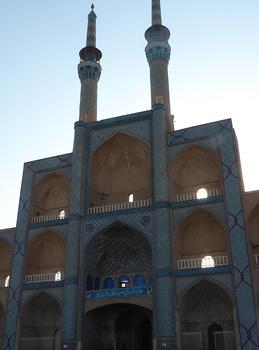
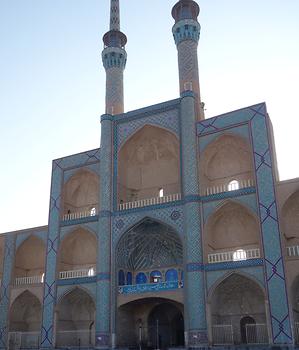

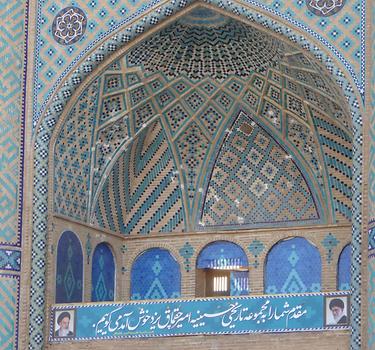
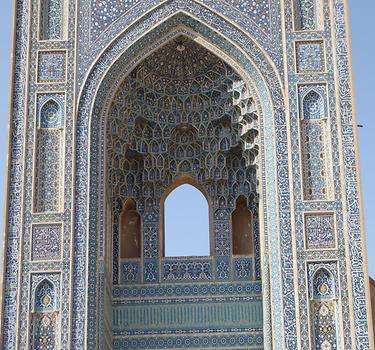


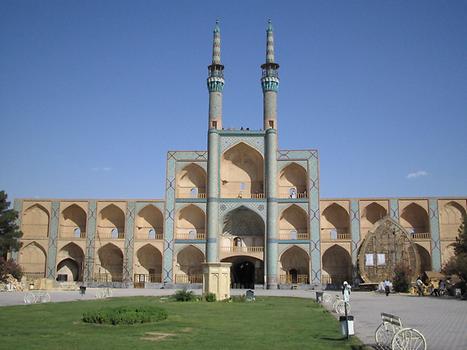
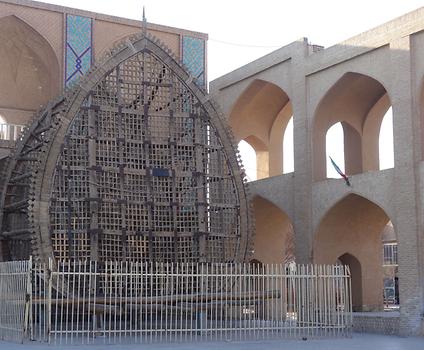

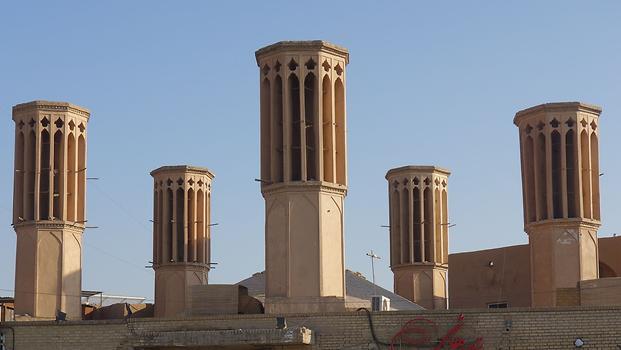

We then visit a Zoroastrian temple and afterwards the towers of silence. It seems necessary to say a few words about Zoroastrism before going further: Zoroastrianism is one of the world's oldest religions, originating in the teachings of the Iranian prophet Zoroaster (or Zarathustra).
Major features of Zoroastrianism, such as heaven and hell, and free will, have probably influenced other religious systems.
With possible roots dating back 4.000 years it served as the state religion of the pre-Islamic Iranian empires from around 600 B.C. Zoroastrianism was suppressed from the 7th century onwards following the Muslim conquest of Persia of 633-654. Most Zoroastrians today live in India or Iran.
Its basic maxims include:
- Good Thoughts, Good Words, Good Deeds.
- There is only one path and that is the path of Truth.
- Do the right thing because then all beneficial rewards will come to you, also
Zaroastrian religion requies active participation in life through good deeds as necessary to ensure happiness and to keep chaos at bay. In Zoroastrian tradition, life is a temporary state in which a mortal is expected to actively participate in the continuing battle between truth and falsehood. Water and fire are agents of ritual purity, and the associated purification ceremonies are considered the basis of ritual life. Both water and fire are considered life-sustaining, and both water and fire are represented within a fire temple that we are about to visit.

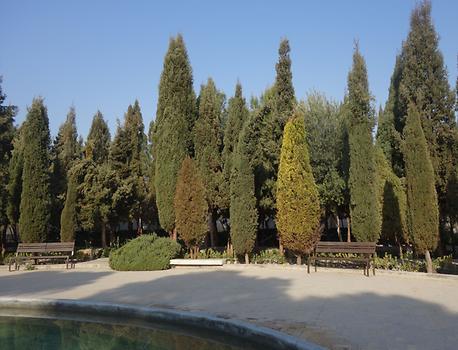

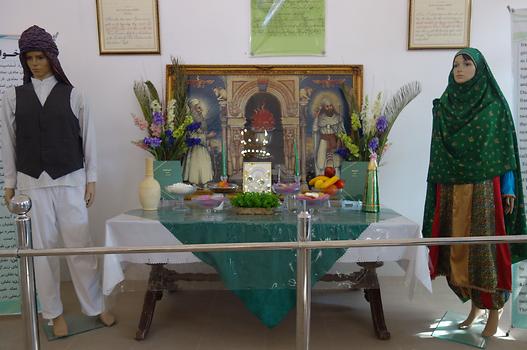
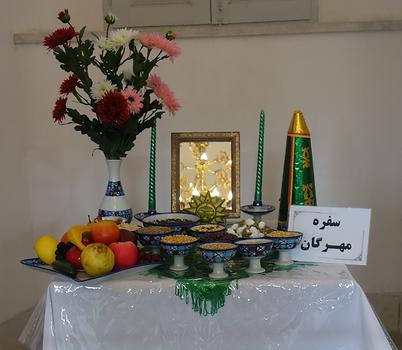
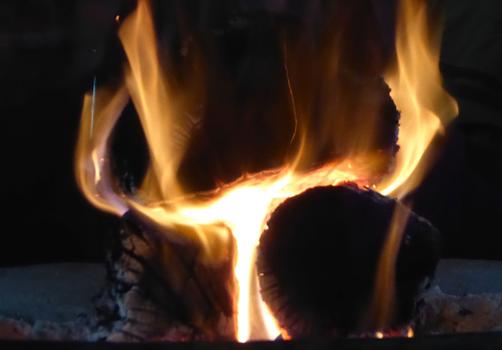
Towers of silence#
To avoid the pollution of earth or fire according to old Zoroastrian tradition the bodies of the dead were placed atop a tower (tower of silence), exposed to the sun and to scavenging birds. In Iran this tradition was more or less abandoned at the beginning of the 20 th century and forbidden in 1970. Since then cremation or burial in special graves that prevent contact of the decaying body with the earth surrounding it are used.
A bit outside Yazd there is one such Tower of Silence that is now open for visits by tourists. As usual, it is located on a hill. Below, in the flat desert there are ceremonial buildings, typically one for each tribe/village of Zoroastrians where the ceremony to depart from the deceased took place. After the ceremony, a very small group of selected friends or relatives of the deceased would carry the body uphill and place it within the tower in a large hole in the center of a flat, open surface that is the major part of the tower of silence.
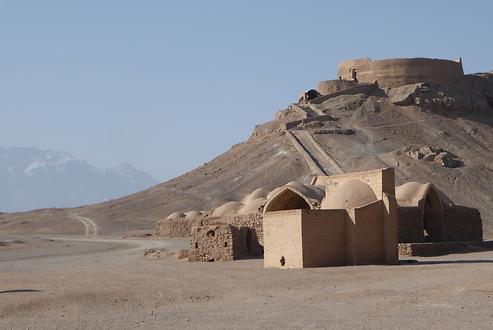
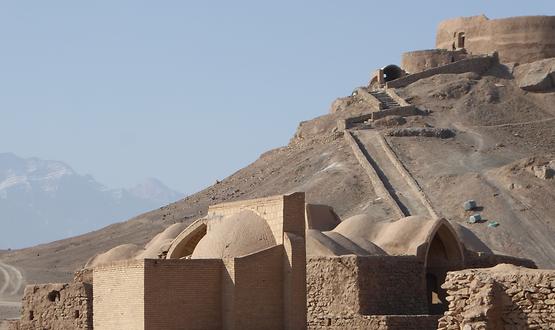
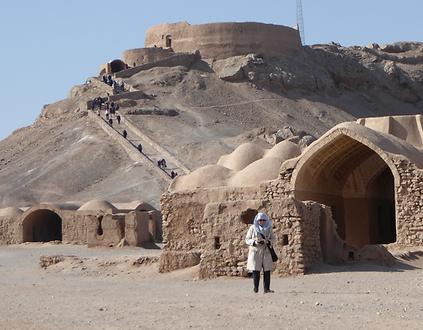
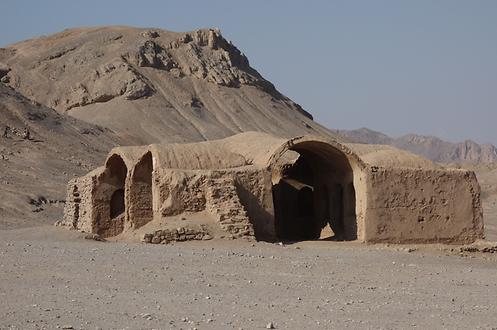
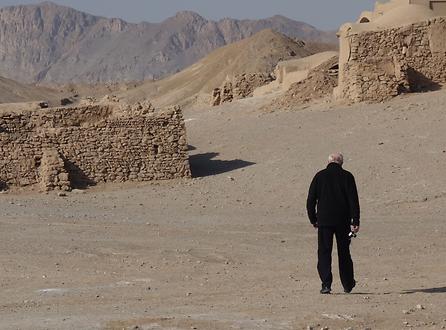
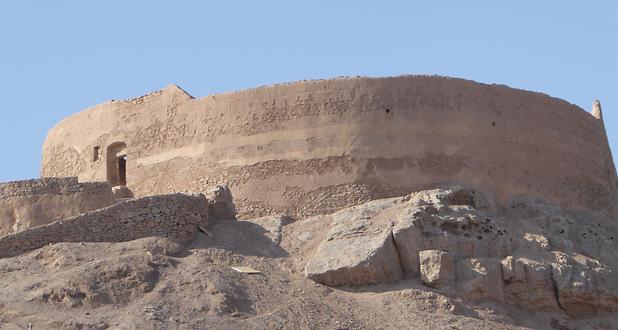
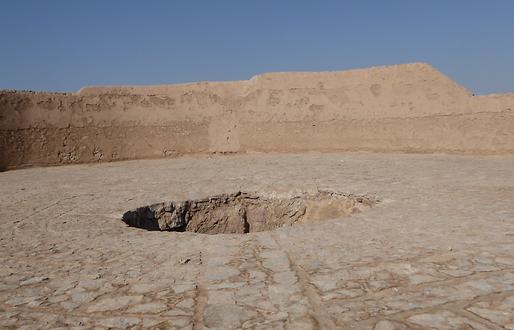
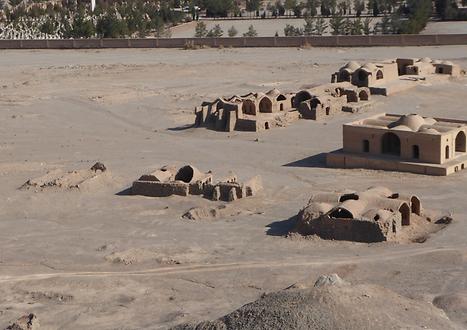
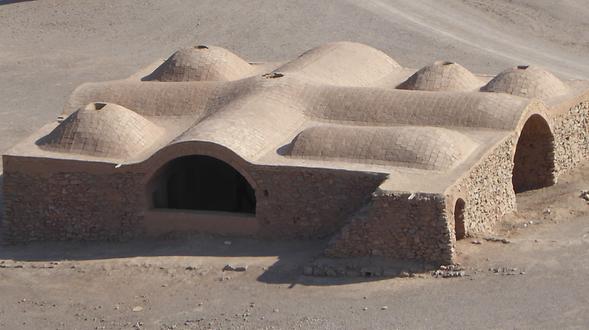

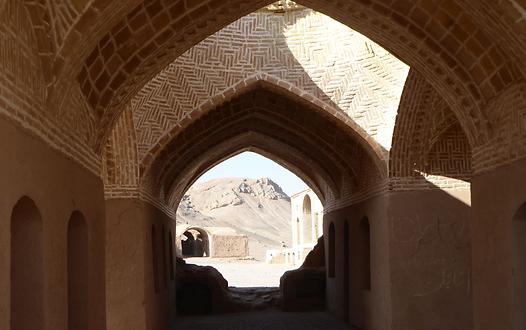
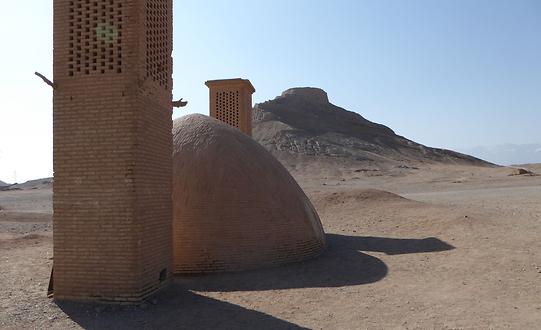
Walking through the old town#
The old town is built with bricks of just dried clay: In the absence of substantial rain, burning the bricks is not necessary. Lanes are narrow and houses close together, to get lots of shade. Many houses have rooms below street level to provide cooler living and working spaces.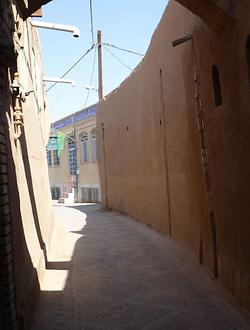
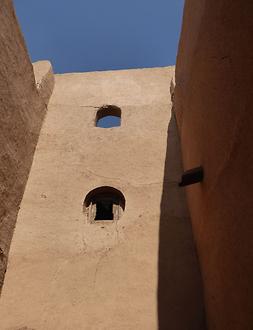
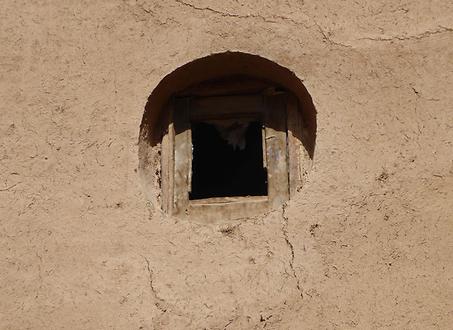
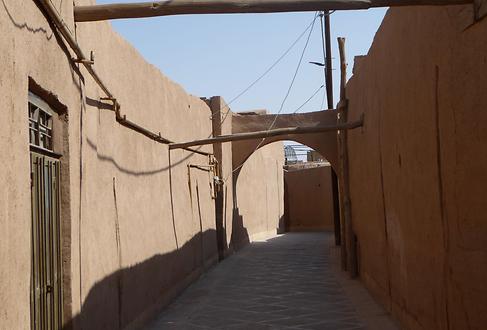
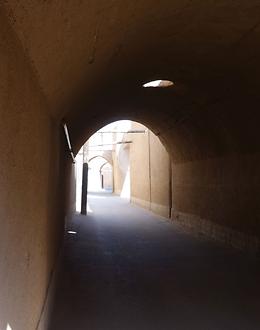
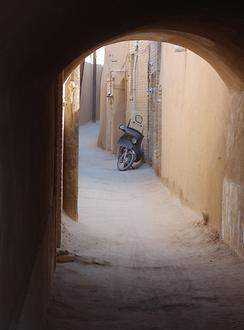
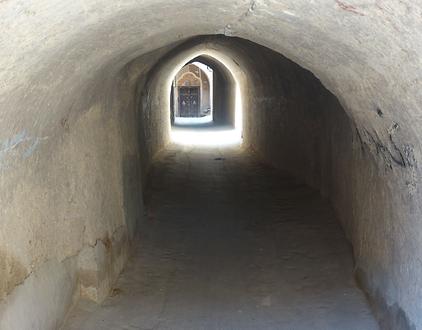


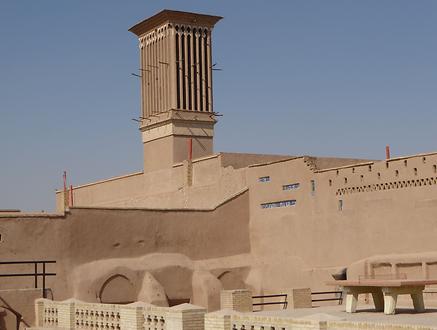
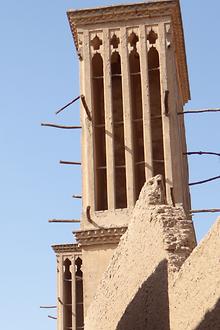
People in the old town#
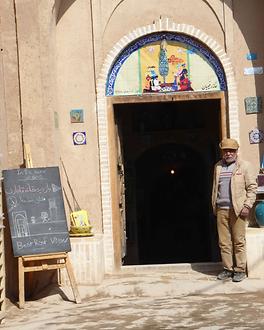
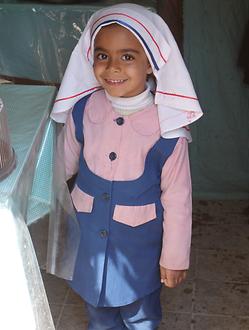
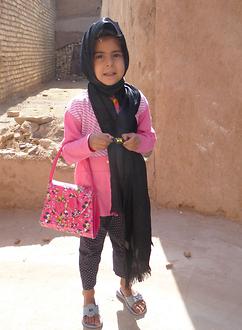
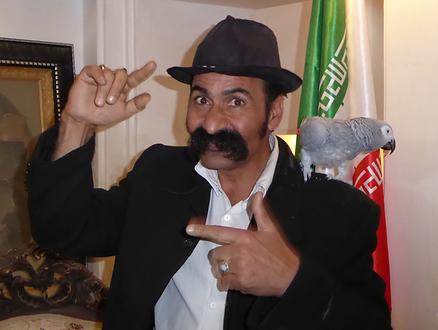
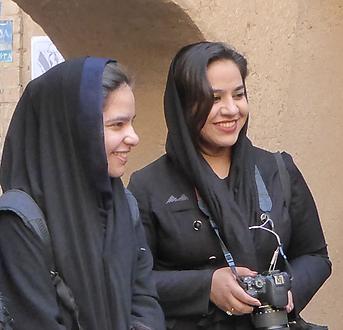
Inside a villa in the old town#
To keep rooms cool, all are below road level. One level deeper there is also a canal with running water. For the wind tower of the house and to provide water for cleaning and cooking without having to leave the house. Typical for top class villas in the old city. This particualr villa has been converted into a boutique hotel.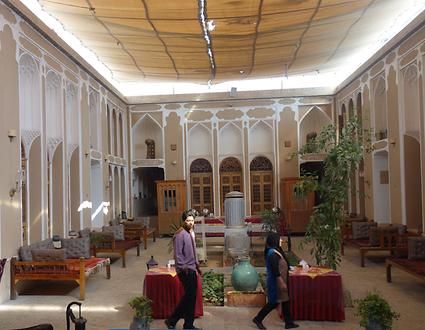
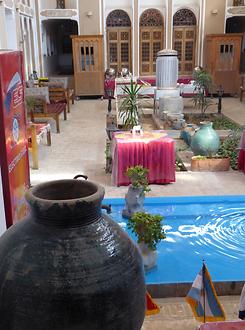
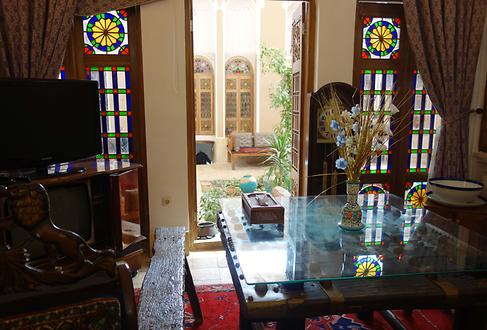
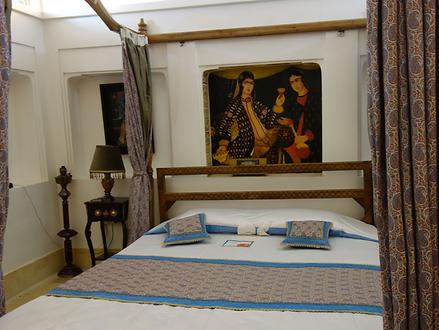
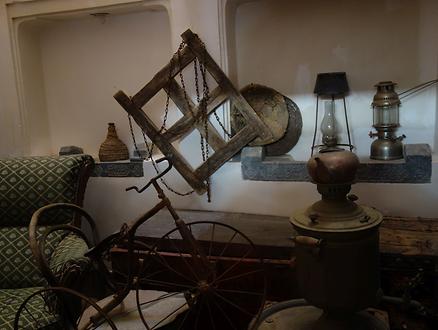
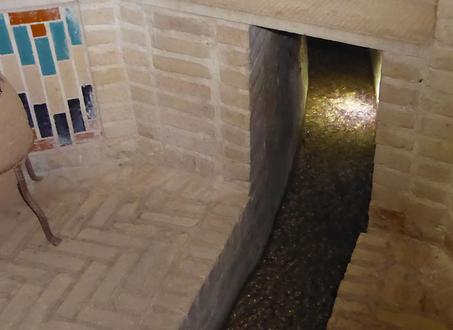
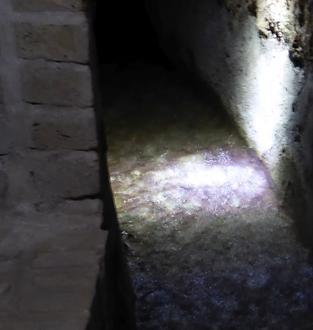

Roof-top stop for views and a cup of tea#
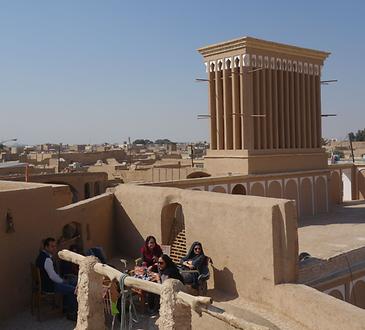
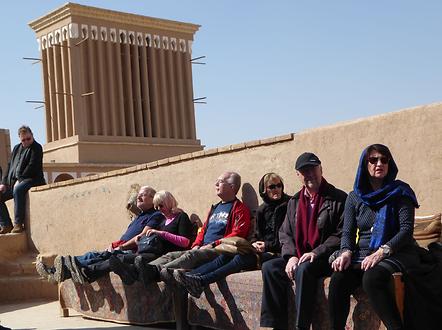

Nain#
Nain is about half-way between Yazd and Isfahan, about 150 km in both directions. Like Yazd, it is a true desert city that could not exist without the underwater aqueducts that bring water over more than 50 km from the mountains. There is even enough water to grow vegetables and even some sugar cane that is ground in a local mill powered by water! Nain is particularly famous for the Jame Mosque, one of the first four mosques built in Iran after the Arab invasion.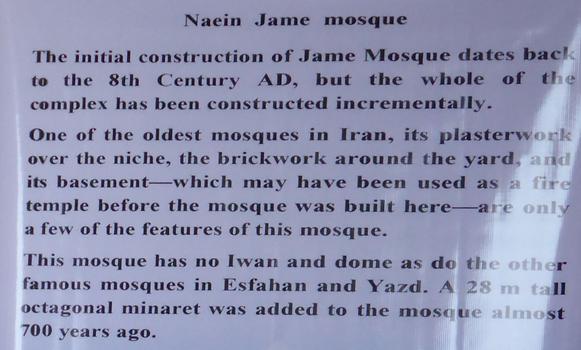
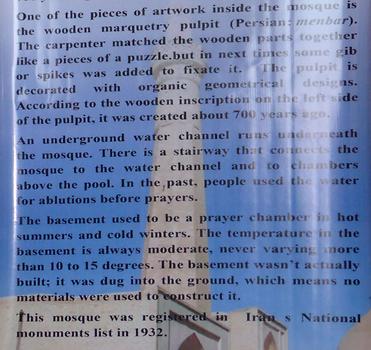
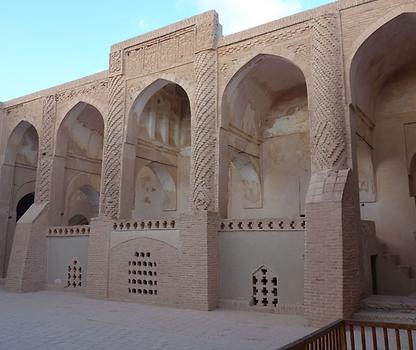

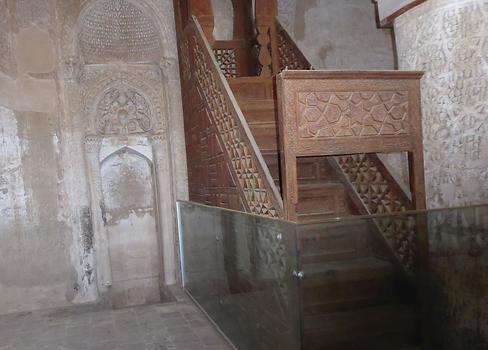
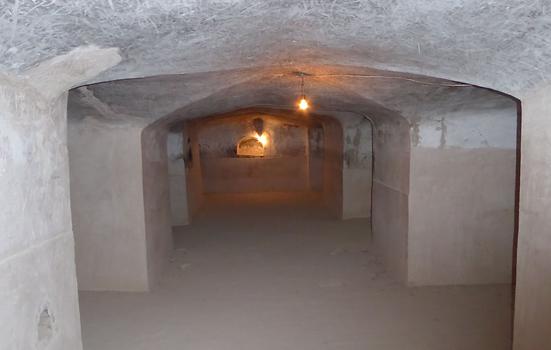
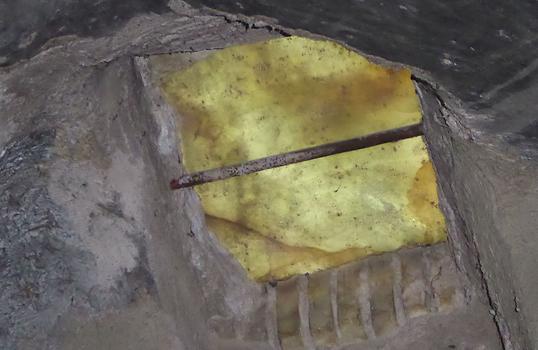

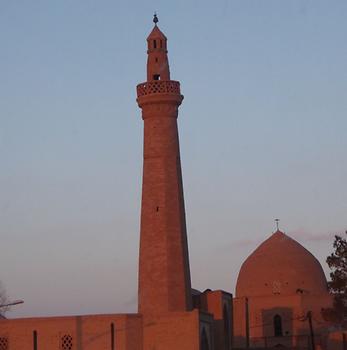

- Continue to Impressions of Iran, Part 3 (Isfahan)
- Continue to Impressions of Iran, Part 4 (From Isfahan to Tehran)
- Continue to Impressions of Iran, Part 5 (Tehran)
- Back to Impressions of Iran, Part 1(Schiras and vicinity)